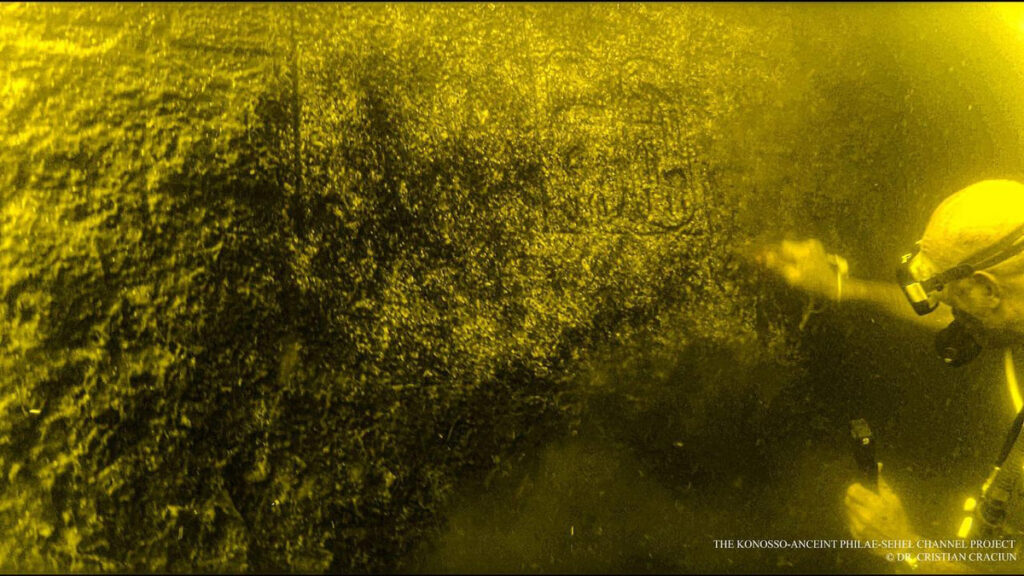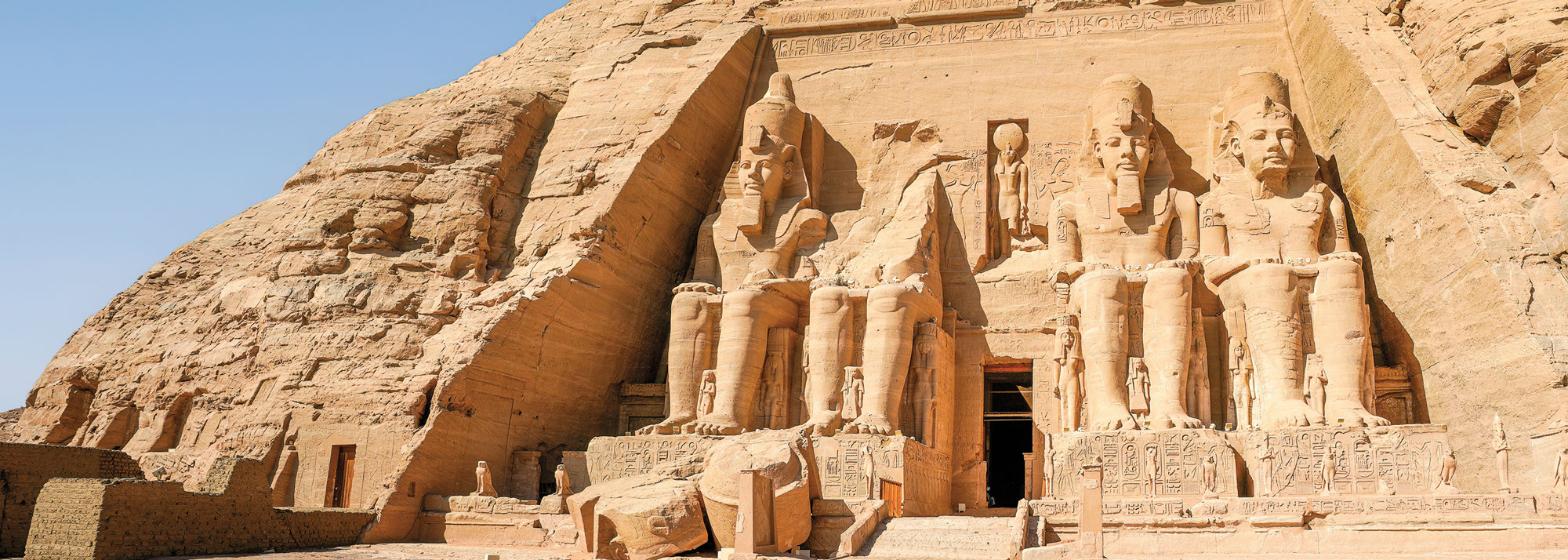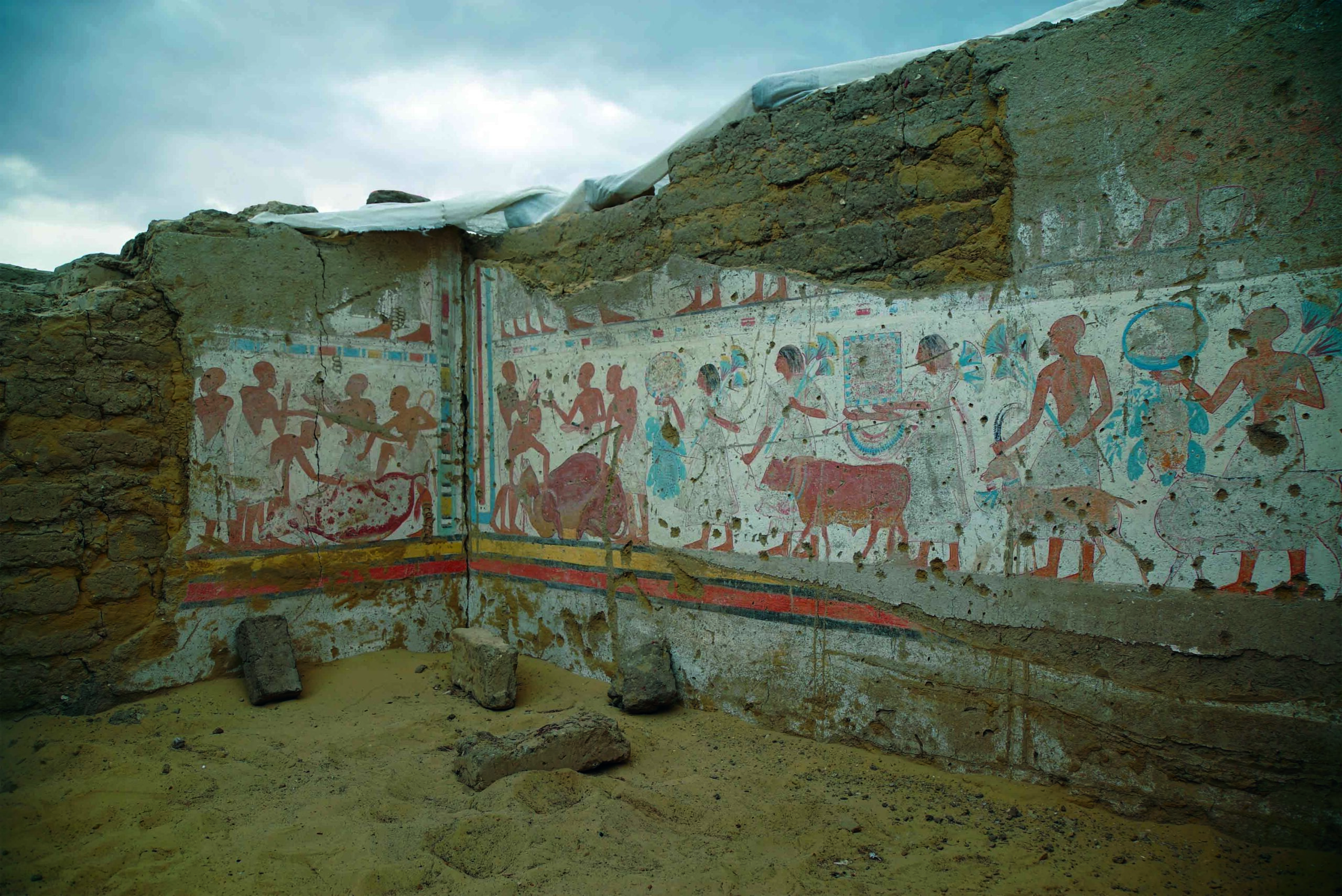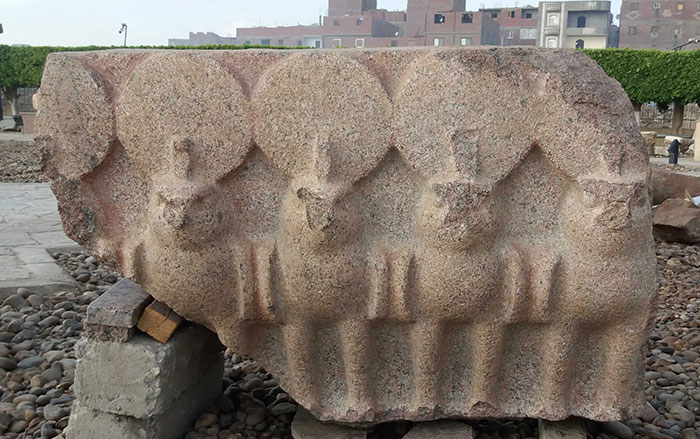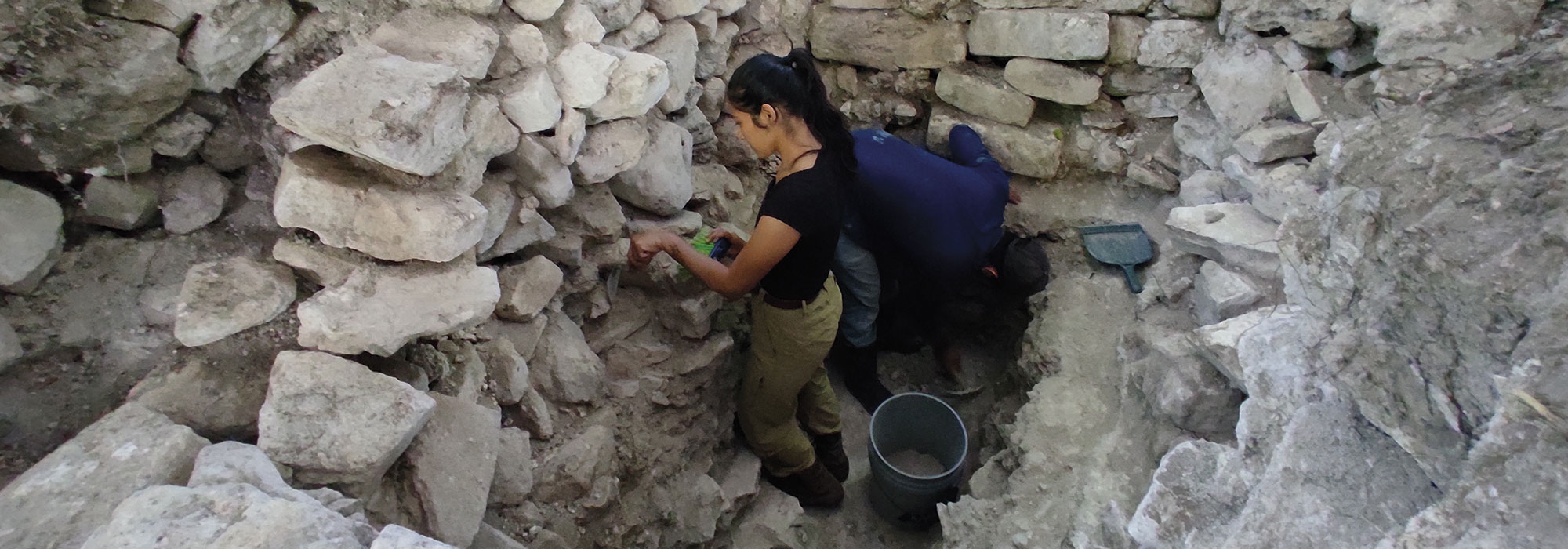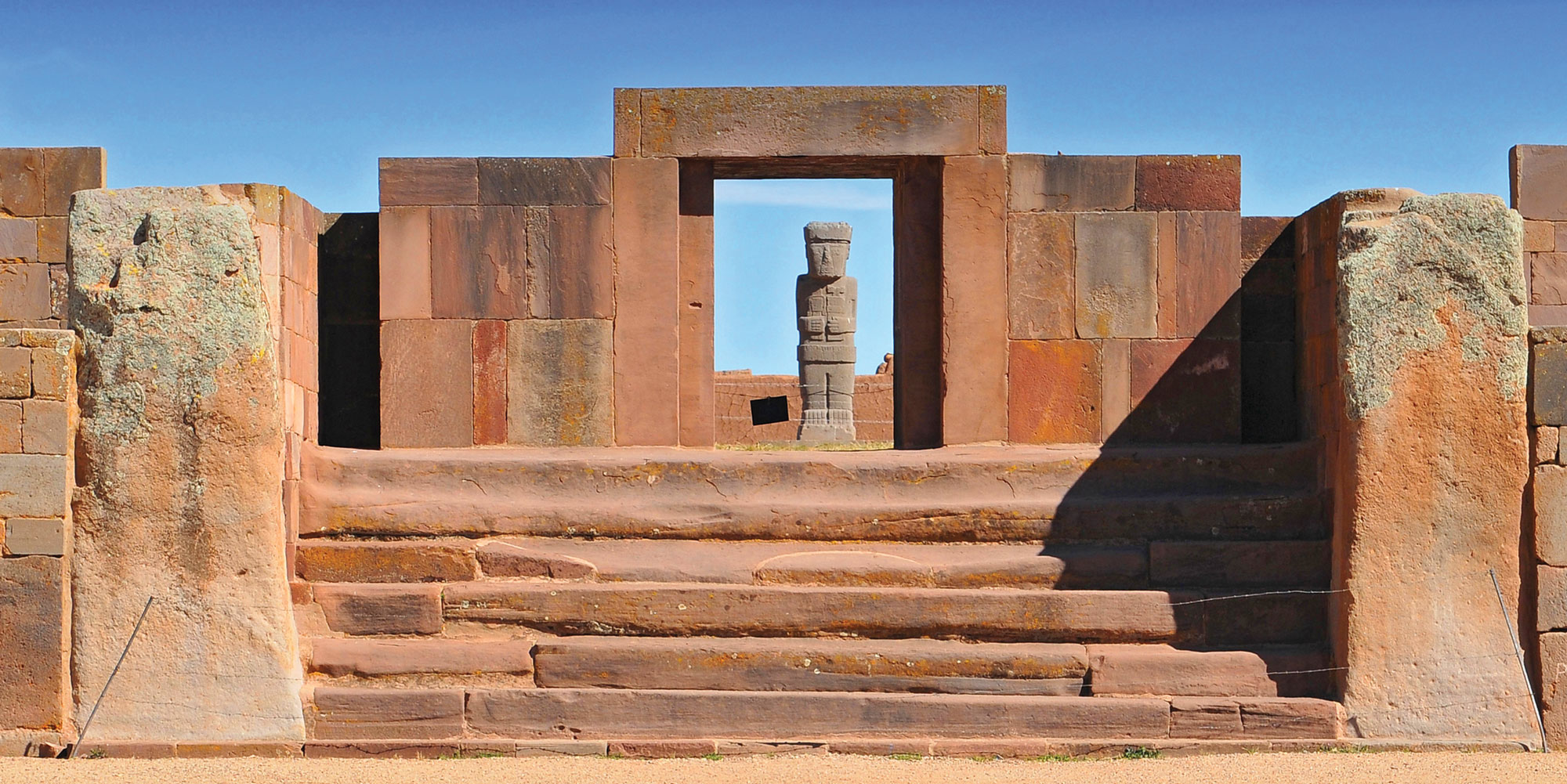
ASWAN, EGYPT—Live Science reports that a team of French and Egyptian archaeologists diving in an area flooded by the Aswan High Dam on the Nile River discovered well-preserved rock carvings depicting several ancient Egyptian pharaohs as well as hieroglyphic inscriptions. The researchers are recording the etchings with photography, video, and photogrammetry in order to create digital 3-D models of the works. The images include pictures of Amenhotep III (reigned ca. 1390–1352 B.C.), Thutmose IV (reigned ca. 1400–1390 B.C.), Psamtik II (reigned ca. 595–589 B.C.), and Apries (reigned ca. 589–570 B.C.). The researchers expect to discover additional carvings as the project continues. In antiquity, Aswan was home to granite quarries, a temple adorned with four colossal statues of Ramesses II called Abu Simbel; and the Philae temple complex where the last Egyptian hieroglyphic inscription was written in A.D. 394. To read about the Egyptian temples of Philae in Nubia, go to "When Isis Was Queen."
